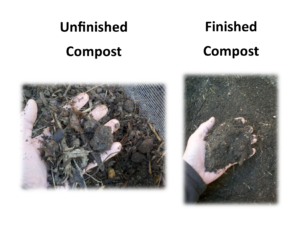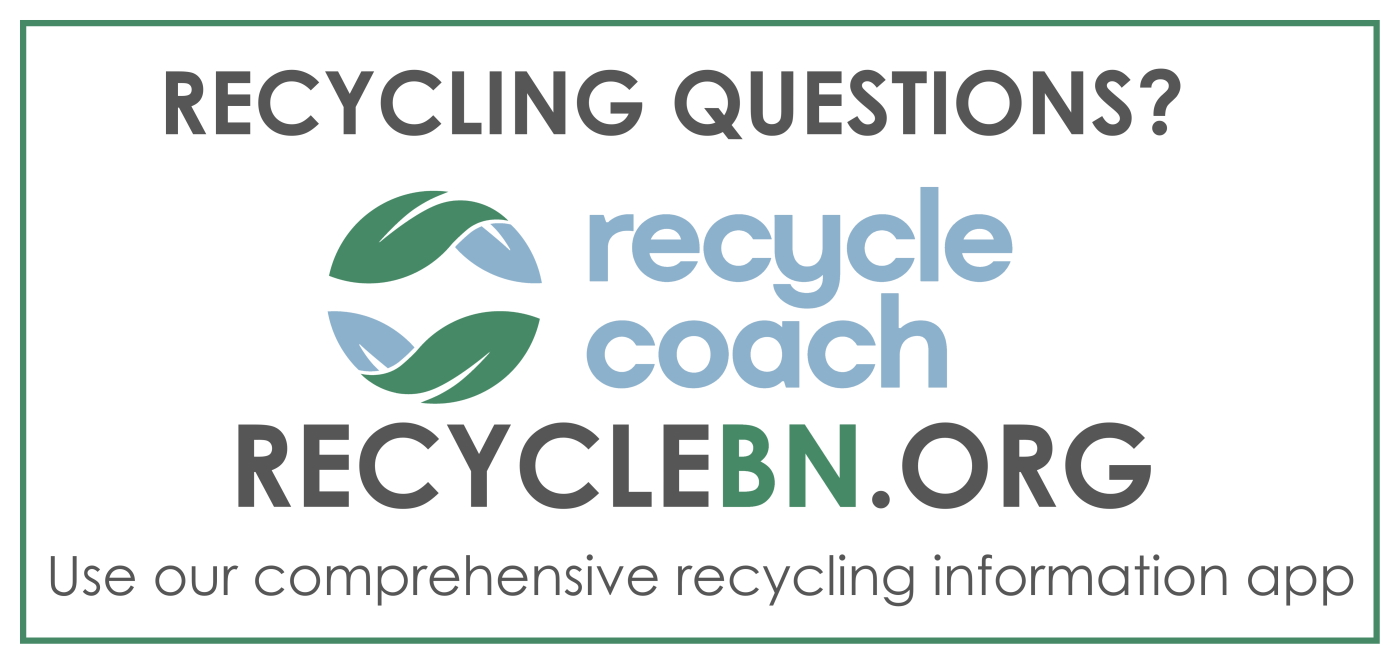To harvest your compost, remove the top layers of the pile in order to access the lower layers. Shovel any unfinished compost back into the bin and scoop out the finished compost. If you need a fine textured compost, sift out coarse, unfinished materials and return these to the pile.

Finished compost can be used in a number of ways. You can use it both outdoors and indoors as a natural fertilizer for gardens, a lawn dressing, a potting mix and a plant dressing.
- In New Garden Beds: Mix a 4” to 8” layer of compost into newly reclaimed or poor soils.
- In Existing Beds: Mix a 1” to 3” layer of compost into annual garden beds at least once a year.
- On the Lawn: Spread a thin layer of mulch evenly across lawn as needed, instead of fertilizer.
- As a Mulch: Spread a 1” to 3” layer of course compost on soil as a mulch any time during the growing season to improve soil fertility and reduce watering needs. Do not pile mulch on the stems of plants or the trunk of trees.
- On House Plants: Sprinkle a thin layer of sifted compost on top of the soil to provide nutrients.
You can also make compost tea from your finished compost. Compost tea is a liquid fertilizer. To make compost tea, simply fill a sock (nylon sock works well) or a burlap bag with finished compost and tie it with a string to make a “tea bag”. Steep the bag in a container or a jar filled with water, stirring it occasionally, until the water becomes a light or medium brown color. The tea should be sweet and earthy smelling. Use the tea within a few days if possible. Tea bag content can then be added to your potted plants or garden. Compost tea increases the amount of nutrients easily available to plants and, when sprayed on plants, can help suppress leaf disease.





